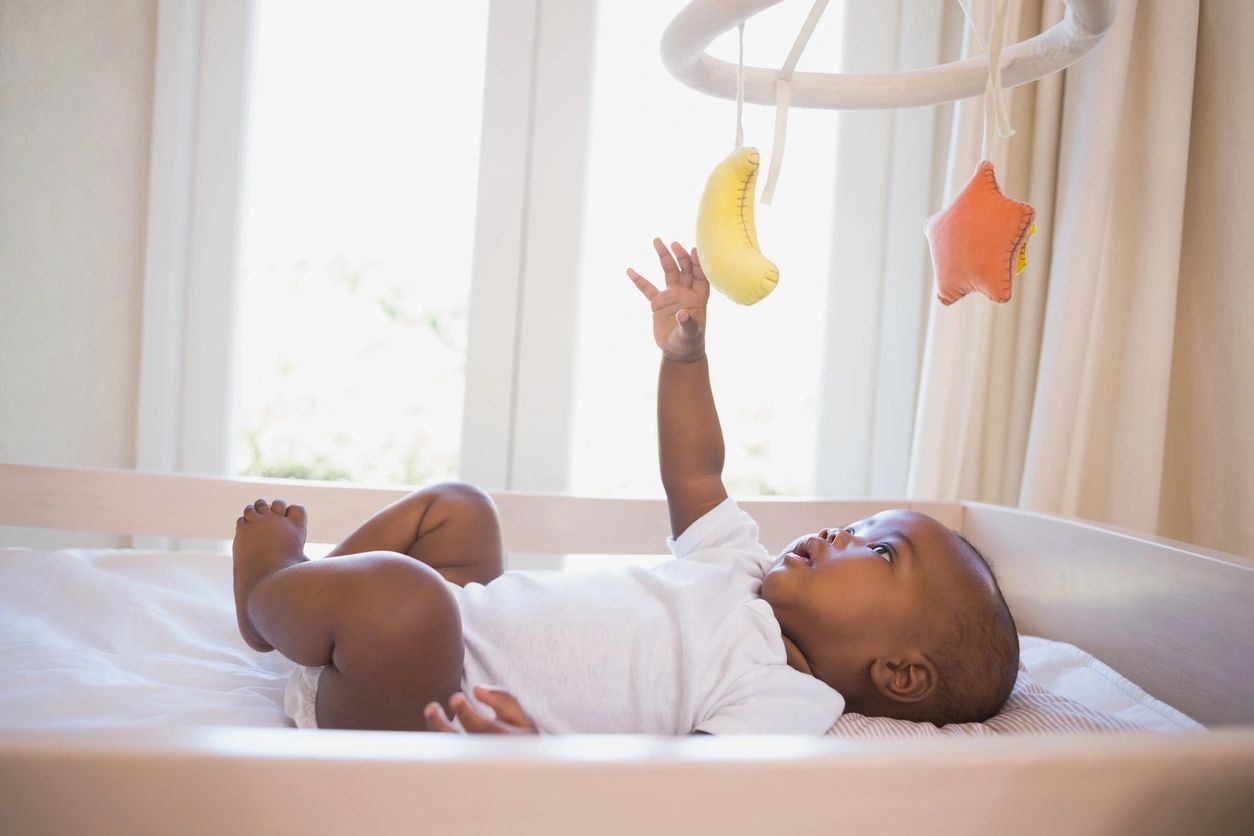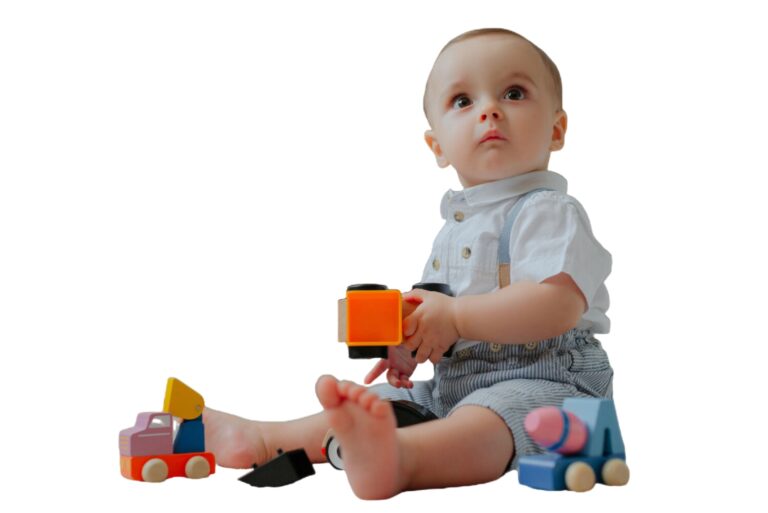“Potty Training Battles? Here’s How to Turn Resistance into Success!”
Potty training is a significant milestone in a child’s development, but it’s not uncommon for toddlers to resist using the potty. Understanding the reasons behind this resistance and employing effective strategies can facilitate a smoother transition. This comprehensive guide explores the causes of potty training resistance and offers evidence-based solutions to support both parents and children through this process.
Understanding Potty Training Resistance
Resistance to potty training can stem from various factors, including:
- Developmental Readiness: Children develop at their own pace. If a child isn’t developmentally ready, they may resist using the potty. Signs of readiness include staying dry for extended periods, showing interest in adult bathroom habits, and the ability to follow simple instructions.
- Fear and Anxiety: The potty or toilet can be intimidating. Some children fear falling in, dislike the flushing sound, or are anxious about the change from diapers to the potty.
- Desire for Control: Toddlers are at a stage where asserting independence is crucial. Resistance may be a way to exert control over their bodies and environment.
- Negative Associations: Previous negative experiences, such as being forced to sit on the potty or scolded for accidents, can lead to resistance.
- Physical Discomfort: Issues like constipation can make using the potty uncomfortable, leading to avoidance.
Strategies to Overcome Potty Training Resistance
- Ensure Readiness: Before initiating potty training, assess your child’s readiness. Forcing a child who isn’t ready can lead to frustration and resistance. The American Academy of Pediatrics emphasizes the importance of waiting until the child shows signs of readiness, which typically occurs between 18 and 24 months but can vary. Healthy Children
- Create a Positive Environment: Make the potty experience positive and stress-free. Allow your child to explore the potty chair without pressure. Reading books or watching videos about potty training can make the process more relatable and less intimidating.
- Use Positive Reinforcement: Praise and reward your child for successful attempts, even if they don’t result in immediate success. This encouragement builds confidence and associates the potty with positive experiences. Romper
- Establish a Routine: Consistency helps children understand expectations. Encourage sitting on the potty at regular times, such as after meals or before bedtime, to build a routine.
- Offer Choices: Giving your child choices, like selecting their potty chair or choosing between two types of training pants, can provide a sense of control and reduce resistance.
- Address Fears: If your child is afraid of the potty or toilet, address these fears directly. Use a potty chair that feels secure, and consider placing it in a comfortable location. Gradually introduce the toilet, perhaps by allowing your child to flush it to become accustomed to the sound.
- Be Patient and Avoid Pressure: Pressuring a child can increase resistance. If your child is not interested or becomes upset, take a break and try again later. Patience is key to successful potty training.
- Monitor for Physical Issues: Ensure that there are no physical problems, such as constipation, that could be causing discomfort. If such issues are present, consult a pediatrician for appropriate treatment.
- Lead by Example: Children learn by observing. Let your child see family members using the toilet to demystify the process.
- Stay Consistent Across Caregivers: Ensure that all caregivers are consistent in their approach to potty training. Inconsistency can confuse the child and hinder progress.
When to Seek Professional Help
If resistance persists despite consistent and patient efforts, or if your child shows signs of distress, consult a pediatrician or child psychologist. They can provide guidance tailored to your child’s needs and rule out any underlying medical conditions.
Conclusion
Potty training is a journey that requires patience, understanding, and flexibility. By recognizing the reasons behind your toddler’s resistance and implementing supportive strategies, you can help your child navigate this developmental milestone successfully. Remember, every child is unique, and what works for one may not work for another. The key is to remain patient, positive, and responsive to your child’s cues.
------------From our Sponsors------------







